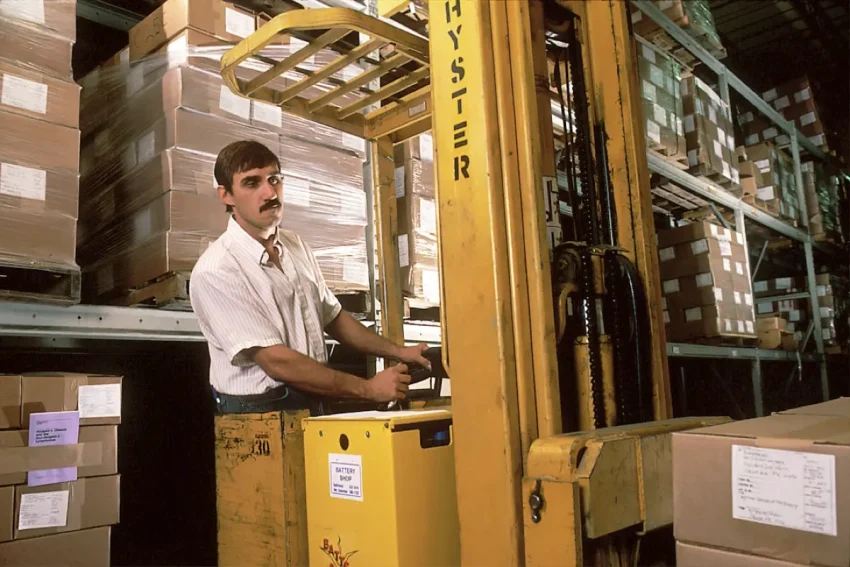Storage Planning Tips for Real Estate Investors and Owners

Real estate investment offers exciting opportunities, but it also presents challenges related to the effective management of space. As properties expand, so does the need for efficient storage solutions. Whether it’s for personal items, inventory, equipment, or staging materials, adequate storage can impact your operation’s success.
Strategic planning around storage can add to your property’s functionality and even increase its value. Here are some valuable storage planning tips for real estate investors and owners.
Contents
Assess Your Storage Needs Thoroughly
Before looking into a facility, evaluate your storage requirements. Conduct a comprehensive inventory of what needs to be stored: seasonal items, archival records, current supplies, and equipment. Each category of items may have different storage demands, such as climate control or security features. Documents may require a more controlled environment compared to furniture.
Engaging in a detailed assessment enables you to categorize items logically, determining what can be stored off-site versus what must remain on your property.
Those items that are not used as frequently can be stored off-site in a local storage facility near you — you will feel more secure that your items are well-taken care of. If you are storing them inside, clear labeling and organized systems will save you significant time when you need to access these items in the future.
Consider Climate-Controlled Options for Sensitive Items
For items sensitive to heat, humidity, or dust (antiques, art, electronics, and documents), invest in climate-controlled storage. These environments manage temperature and humidity levels to protect your belongings from potential damage. Evaluate the climate in your area and how it could impact your stored items; extreme temperatures or high moisture can lead to mold, warping, or decay.
Investigate facilities that offer such options and verify that they comply with industry standards. If you’re storing valuable items at a site without climate control, think about investing in protective coverings or boxes designed to repel moisture.
Select the Right Size of Storage Unit
The optimal size of a storage unit can affect how well your items are organized and accessible. Larger units may seem appealing as they allow flexibility for future storage, yet they may lead to wasted space and higher costs. Smaller units could leave you in a bind if new items need accommodation.
When determining your storage size, consider the dimensions of the largest items you’ll store. Visualize the layout of your unit—boxes can be stacked, and items arranged strategically to maximize space efficiency. Consult the staff at storage facilities, as they are experienced in assessing storage needs and can provide valuable insights on what sizes are most commonly requested.
Prioritize Security for Your Stored Items
Security should be a top priority for every real estate owner or investor. The risk of theft or damage to your items can have a considerable financial impact. Select locations and methods so that your investments are well protected. Evaluate security features like alarms, gated access, surveillance cameras, and on-site staff when choosing a storage facility.
If your items are stored on your property, you might consider installing robust lighting and security systems to deter potential intruders. Use quality locks on storage sheds and containers to improve safety against theft.
Optimize Organization Through Effective Systems
An organized storage system can vastly improve workflow and efficiency both in your storage space and broader operations. Designate specific areas for categories of items and implement a clear labeling system. Using color codes or visible labels will aid in quick identification when accessing materials.
Take advantage of shelving units and stacking boxes to utilize vertical space effectively. Frequently accessed items should be stored conveniently; seldom-used items can be kept in harder-to-reach areas. An Excel sheet or inventory management software can track what items are stored where, improving efficiency when retrieving items. Keeping this kind of meticulousness promotes a neat organization and allows you to allocate your time more efficiently when managing your properties.
Regularly Review and Adjust Your Storage Solutions
Storage planning isn’t a one-time effort; it requires ongoing evaluation so that it remains effective as your needs evolve. Review your storage system at least annually to eliminate outdated or unnecessary items. Keep an eye on trends, such as market fluctuations or changes in your investment strategy, that can inform adjustments necessary for your storage approach.
You may discover certain items are consistently unused or that your storage space does not meet emergent needs as you acquire more properties. Stay adaptable: rental agreements with local storage facilities may enable flexible short-term leases for overflow items. Regular reviews optimize your storage and can save you money by avoiding unnecessary expenditures on space that goes unutilized.
Thoughtful planning and execution in your storage strategy will allow you to protect your investments, improve accessibility, and guarantee organizational efficiency. With these planning tips, you can create a solid foundation for successful storage management. These strategies will empower you to maintain focus on what truly matters in your investments—growing your portfolio and nurturing optimal property performance.



